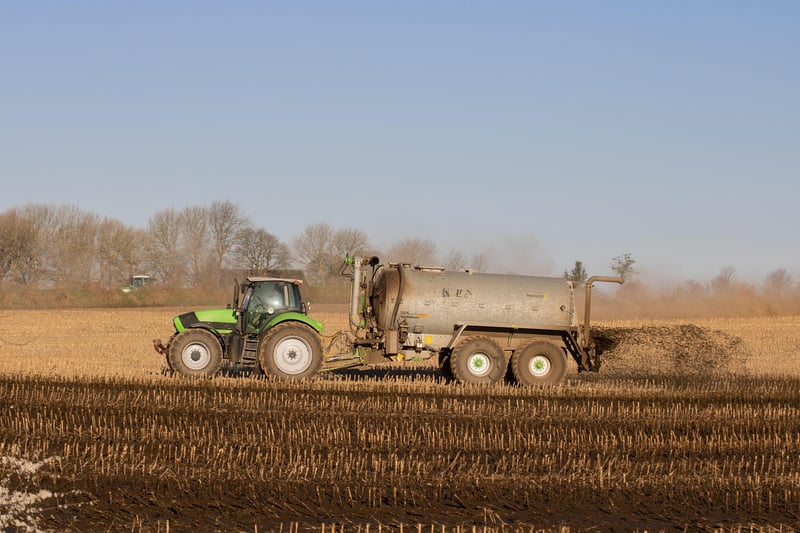Fertilizing Guide
Essential Plant Care Methods + Fertilizing Guide
Introduction to Plant Care
Plants are not just decorations; they are living organisms that require proper care to thrive. Whether you are a seasoned gardener or a beginner plant parent, understanding essential plant care methods and fertilizing techniques is crucial for the health and growth of your green companions.
Essential Plant Care Methods
1. Watering
Water is essential for plant growth, but overwatering can be just as harmful as underwatering. Different plants have varying water needs, so it's important to research the specific requirements of each plant in your care. Check the soil moisture level before watering to prevent root rot.
2. Light
Plants require light for photosynthesis, the process by which they convert light into energy. Place your plants in locations that provide the right amount of light based on their species. Some plants thrive in bright, direct sunlight, while others prefer indirect light.
3. Humidity
Humidity levels can impact plant health, especially for tropical plants that thrive in moist environments. To increase humidity, consider using a humidifier or placing a tray of water near your plants. Regularly misting the leaves can also help maintain adequate humidity levels.
4. Temperature
Plants are sensitive to extreme temperatures. Ensure your plants are placed in an environment with consistent temperature levels. Avoid placing them near drafty windows or heating/cooling vents that can cause temperature fluctuations.
Fertilizing Guide
While watering, light, humidity, and temperature are crucial for plant care, fertilizing provides essential nutrients to support plant growth and development. Here's a simple guide to fertilizing your plants:
1. Choose the Right Fertilizer
There are various types of fertilizers available, including liquid, granular, and organic options. Select a fertilizer based on the nutritional needs of your plants and follow the instructions on the product label.
2. Fertilizing Schedule
Establish a regular fertilizing schedule based on the plant's growth phase. Typically, plants require fertilization during the growing season (spring and summer) when they are actively growing. Avoid fertilizing during the dormant season.
3. Application Method
When applying fertilizer, ensure it is evenly distributed around the plant's root zone. Avoid direct contact with the plant's stems or leaves, as this can cause burns. Water the plant after fertilizing to help nutrients penetrate the soil.
4. Monitor Plant Response
Monitor your plants after fertilizing to observe their response. Healthy plants will show improved growth and vibrant foliage. However, if you notice signs of nutrient deficiencies or fertilizer burn, adjust your fertilizing routine accordingly.
Conclusion
By following these essential plant care methods and fertilizing guidelines, you can ensure your plants receive the necessary care and nutrients to thrive. Remember that each plant is unique, so pay attention to their individual needs and make adjustments as needed. Happy gardening!


